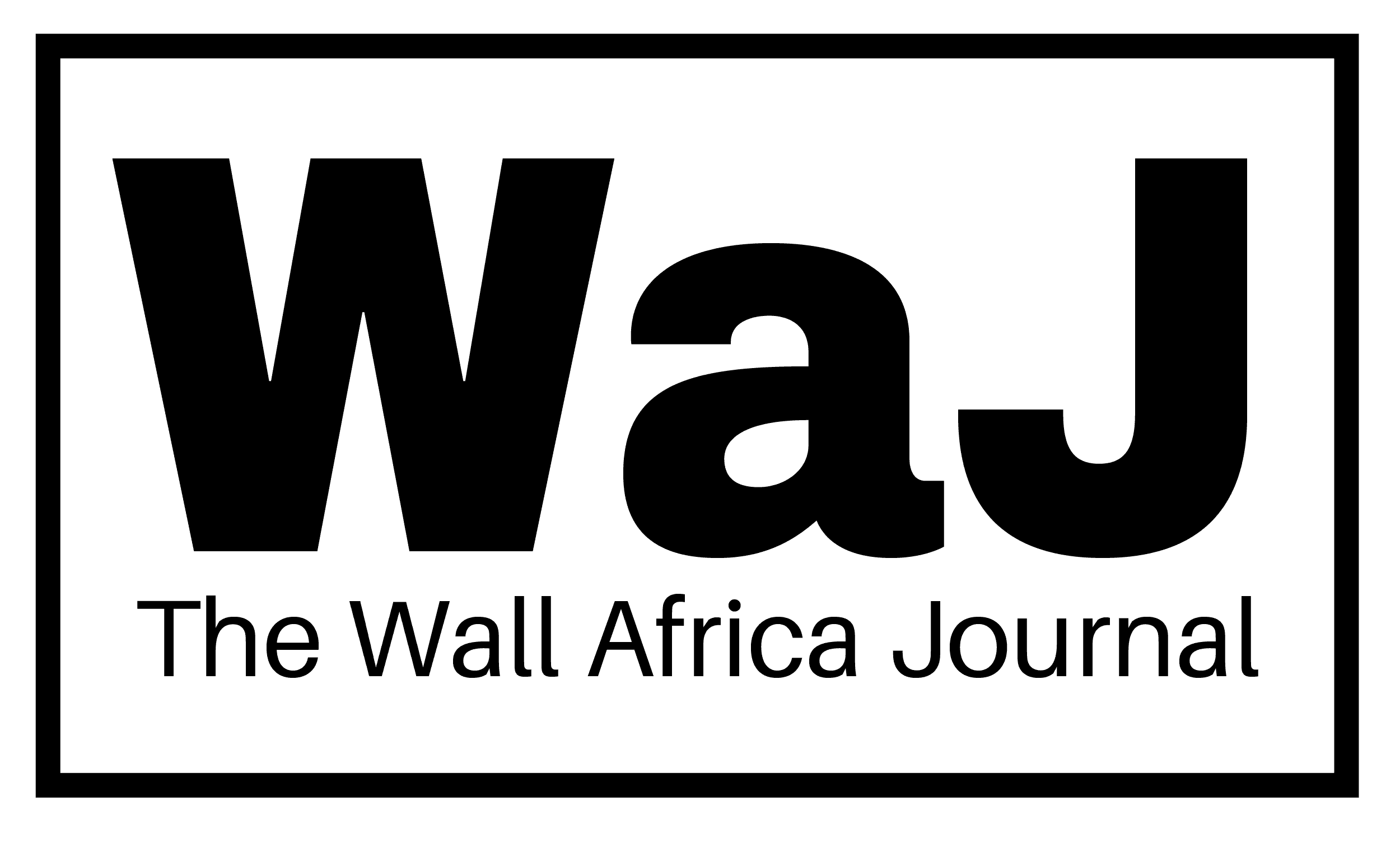The arms trade landscape in Sub-Saharan Africa is undergoing significant changes due to geopolitical shifts, with China and Turkiye emerging as influential competitors while traditional suppliers like Russia lose ground. A recent report by the Italian Institute for International Political Studies (ISPI), titled Importing (In)security: The Evolving Arms Trade in Sub-Saharan Africa, highlights China’s ascendance as the primary supplier of military equipment to the region
In the past few years, China has established itself as a major player in the Sub-Saharan arms industry, particularly in countries like Ethiopia, which now primarily sources its arms from China and Turkiye. From 2019 to 2023, China accounted for 41% of Ethiopia’s significant weaponry imports, surpassing Russia’s 46% share. Meanwhile, Turkiye contributed 6.4% during the same period, marking its growing influence.
Data from the Stockholm International Peace Research Institute (SIPRI) confirms that China has surpassed Russia in arms shipments to Sub-Saharan Africa, holding a 19% market share compared to Russia’s 17%. This shift is attributed to Russia’s declining arms exports, which have plummeted by 53% amid the ongoing conflict in Ukraine, straining its military capabilities and international reputation.
Countries previously reliant on Russian arms are now exploring alternatives due to supply chain disruptions and reliability concerns. Despite these setbacks, Russia maintains significant military cooperation agreements with several African nations. President Vladimir Putin stated that Russia has 40 active military-technical agreements with African countries, covering areas such as counterterrorism support and military training.
China’s competitive pricing and flexible financing options have enabled it to dominate the market. Ethiopia, Angola, and Nigeria are among the leading importers of Chinese weapons. In Nigeria, China accounted for 44% of the country’s main arms purchases from 2019 to 2023, enhancing its capability to combat groups like Boko Haram.
Angola, previously a major customer of Russian arms, is also realigning its military partnerships. President João Lourenço acknowledged the need for modernization of military hardware and expressed interest in collaborating with foreign partners, including China and France.
Furthermore, the United Arab Emirates (UAE) is emerging as a significant player in the arms trade, increasing its cooperation with countries such as Sudan, Somalia, Ethiopia, Chad, Mali, and Mozambique. These developments represent a new chapter in the region’s complex security dynamics.
While diversification in arms suppliers provides nations with more options, it complicates the monitoring and control of weapons flow, potentially exacerbating conflicts. The report calls for greater transparency and adherence to international arms control agreements to mitigate further destabilization.
Additionally, the rise of non-state actors, particularly in West Africa, is concerning. Between 2013 and 2022, improvised explosive devices (IEDs) have reportedly claimed over 6,600 lives in Nigeria, Burkina Faso, and Mali, indicating a growing threat from unregulated markets.
China’s influence extends beyond arms sales; it is also investing in military cooperation and training programs across Africa. During the September 2024 Forum on China-Africa Cooperation Summit, China pledged $50 billion in financial support over the next three years, with $140 million designated for security cooperation. This comprehensive strategy aims to enhance China’s standing as a key security partner on the continent while promoting its governance model.
The changing dynamics of the arms trade in Sub-Saharan Africa highlight the region’s evolving security landscape and the need for careful management of these developments to ensure stability.


